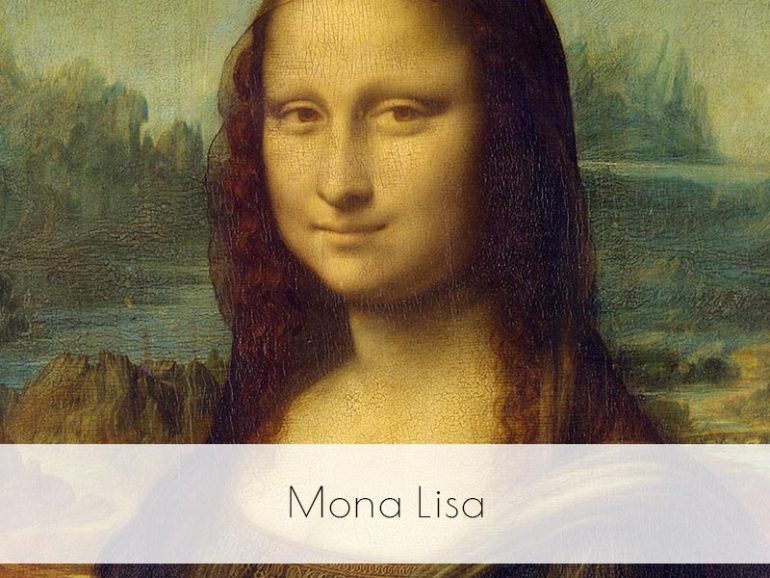The Mona Lisa, also known as La Gioconda, is arguably the most famous painting in the world. Created by the renowned Italian artist Leonardo da Vinci, this masterpiece has captivated audiences for centuries with its enigmatic expression and masterful technique. Displayed at the Louvre Museum in Paris, the Mona Lisa is not only an artistic treasure but also a symbol of cultural heritage and human achievement. In our latest art history blog post, we will delve into the history of the painting, explore the life of its creator, Leonardo da Vinci, and discuss the measures taken to protect this iconic artwork in the modern era.
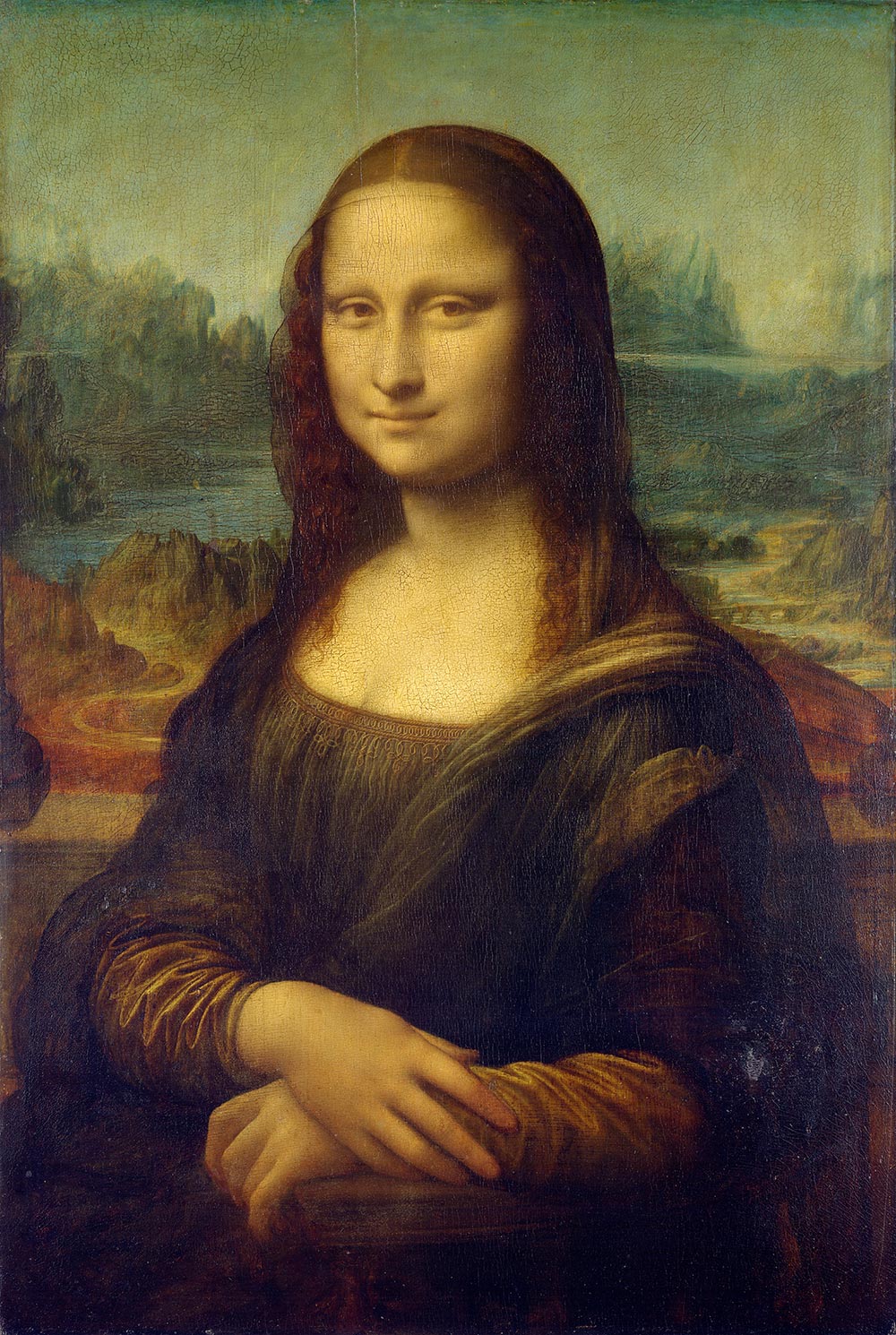
The Artist: Leonardo da Vinci
Leonardo da Vinci (1452–1519) was born in the town of Vinci in Italy. HI contributions to art, science, and engineering have left an indelible mark on the world. Leonardo displayed an early talent for drawing and painting. His pursuit of knowledge and innovative approach to various disciplines made him a quintessential Renaissance man.
Leonardo’s art is characterized by his keen observation of nature, his mastery of anatomy, and his use of light and shadow to create depth. His notebooks are filled with sketches and ideas that reveal his relentless curiosity and inventive mind. Besides the Mona Lisa, his other famous works include The Last Supper and the Vitruvian Man, which reflect his profound understanding of human proportions and perspective.
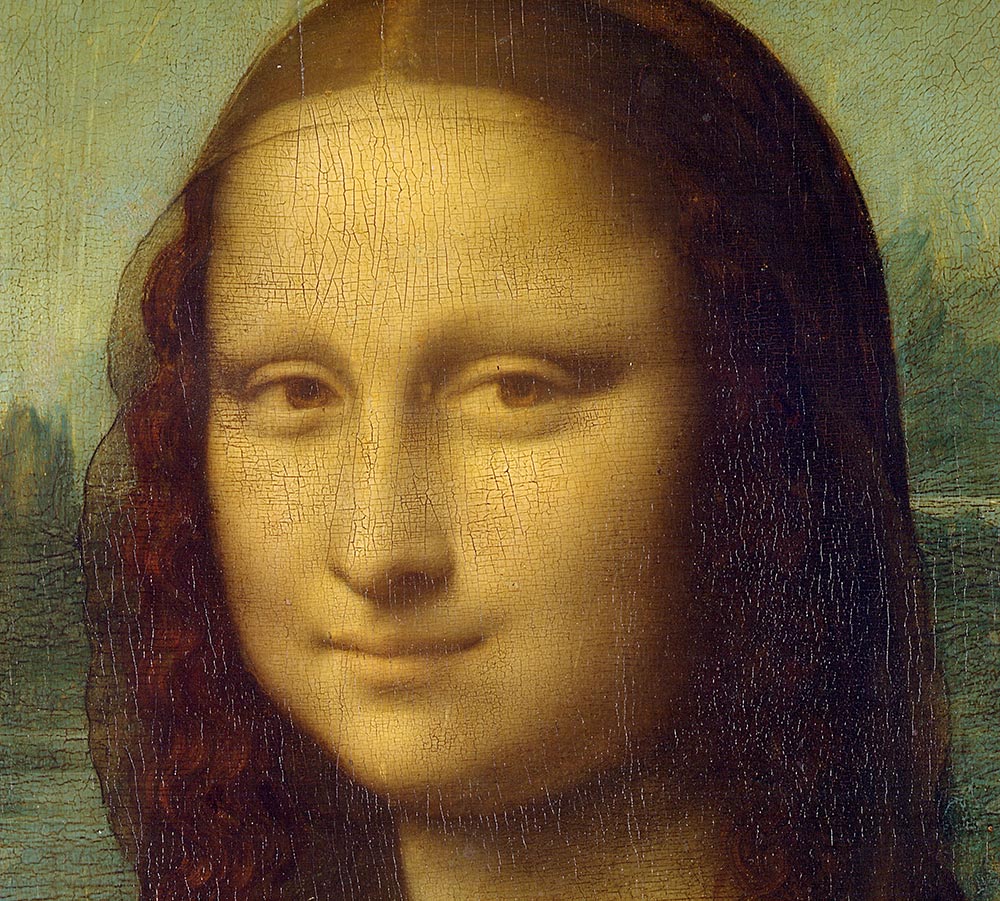
The Painting: Mona Lisa
Leonardo began working on the Mona Lisa around 1503, and it is believed to have taken him several years to complete. The painting depicts a woman, Lisa Gherardini, the wife of a wealthy Florentine merchant, Francesco del Giocondo. This association is why the painting is also referred to as La Gioconda.
The Mona Lisa is renowned for its composition and the use of sfumato, a technique that allows tones and colors to gradually blend into one another, creating a soft, realistic transition between light and shadow. This technique contributes to the painting’s lifelike quality and the subtle, almost elusive expression of the subject. The woman’s smile, often described as enigmatic, and her gaze, which seems to follow viewers from every angle, have been the subject of much speculation and analysis.
The background of the Mona Lisa is equally fascinating, featuring a fantastical, almost dream-like landscape with winding paths and distant mountains, adding to the painting’s mysterious aura.
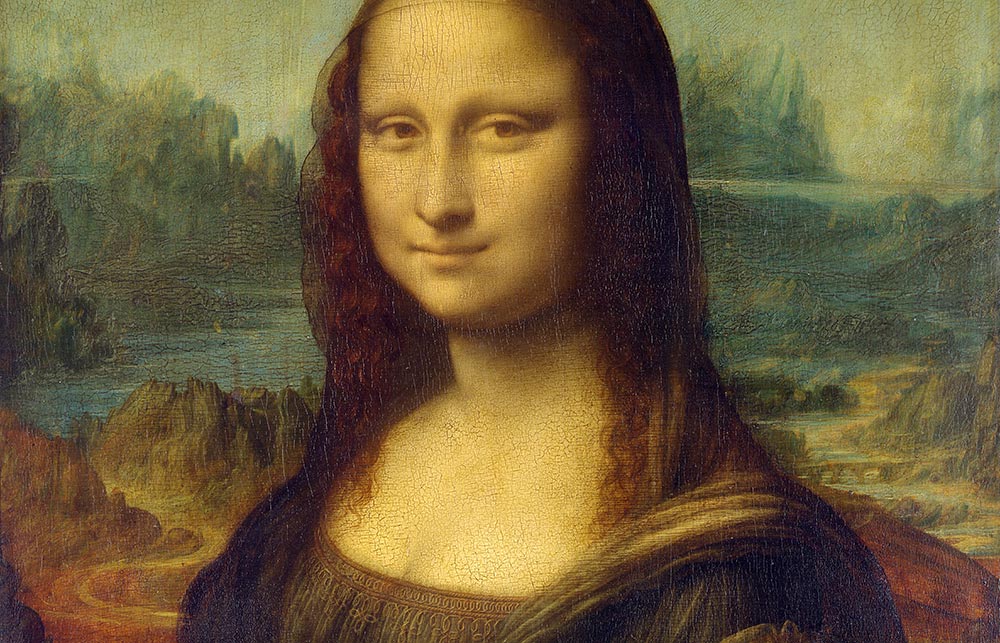
Historical Journey and Fame
The Mona Lisa’s journey to becoming the most famous painting in the world is as intriguing as the artwork itself. After Leonardo’s death in 1519, the painting was acquired by King Francis I of France and became part of the royal collection. It was later housed in the Louvre Museum.
The Mona Lisa’s fame skyrocketed in the 20th century, partly due to its theft in 1911. An Italian handyman named Vincenzo Peruggia stole the painting, believing it should be returned to Italy. The painting was recovered two years later, but the theft brought unprecedented global attention to the Mona Lisa.
Protection in the Modern Era
Given its immense value and fame, the Mona Lisa is subject to stringent security measures. The painting is displayed in a climate-controlled, bulletproof glass case to protect it from environmental damage and potential vandalism. The glass case ensures that the painting remains at a constant temperature and humidity level, preventing deterioration of the delicate oil paint.
Over the years, the Mona Lisa has been the target of several vandalism attempts. In 1956, it was damaged by acid, and later that same year, a vandal threw a rock at it, resulting in the loss of a small pigment near the subject’s elbow. More recently, in 2009, a visitor threw a ceramic mug at the glass case, but the painting was unharmed thanks to the protective barrier.
Security at the Louvre includes surveillance cameras, alarms, and guards who monitor the gallery around the clock. The museum also employs advanced technology to detect and respond to any threats swiftly. These measures ensure that the Mona Lisa remains safe for future generations to appreciate.
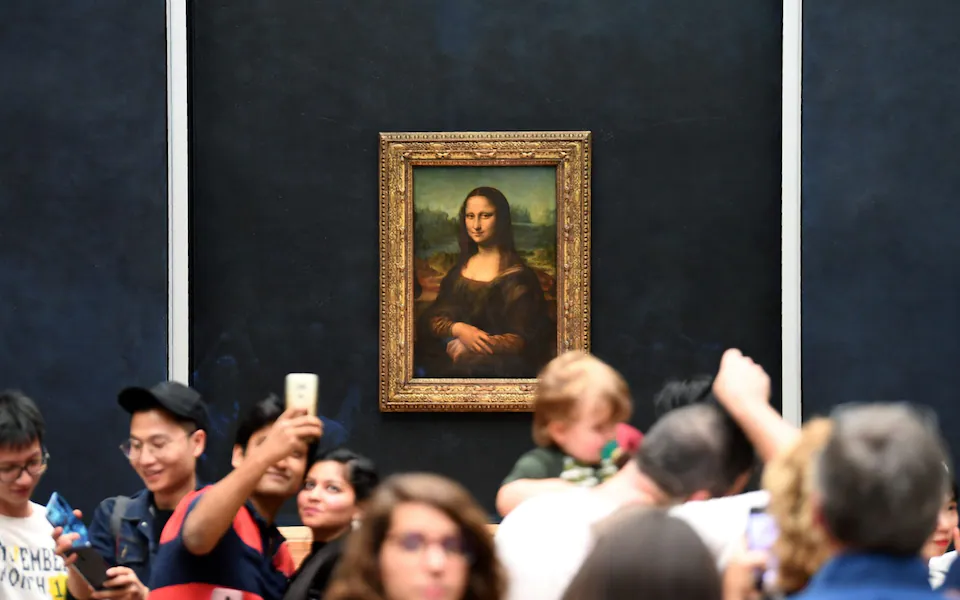
The Mona Lisa continues to enchant and intrigue people from all over the world. Its timeless beauty, the genius of its creator, Leonardo da Vinci, and the layers of history and mystery that surround it make the painting a central piece of art history. Through modern conservation and security efforts, the painting is preserved and protected, allowing millions of visitors to experience its magic each year. As we admire the Mona Lisa, we are reminded of the enduring power of art to transcend time and connect us with our shared humanity.
If you would like to receive a roundup of all of our blog posts once a week to keep you inspired in your inbox, why not sign up to our newsletter. You can access our sign up at the top of our page. If you are a London Art College student and you would like your artwork featured here, drop us a line at any time.

